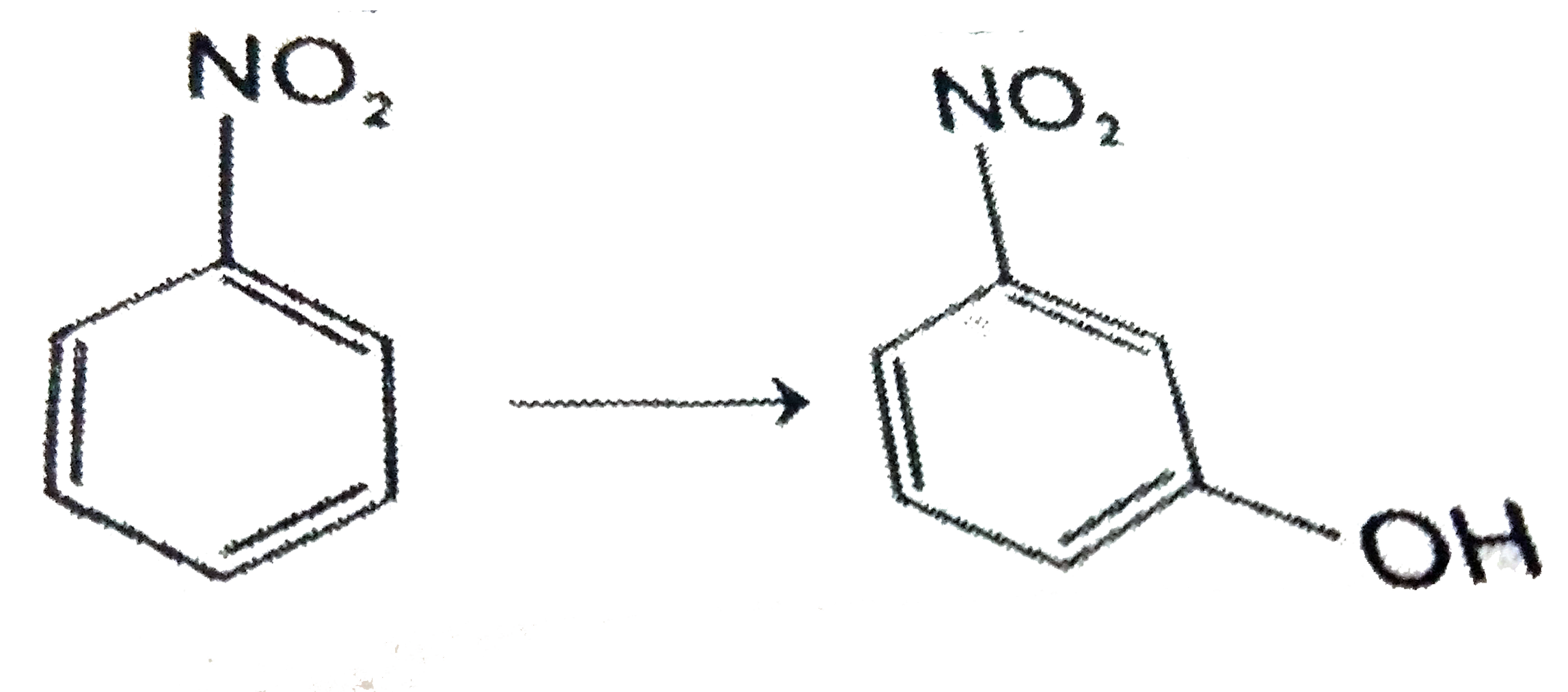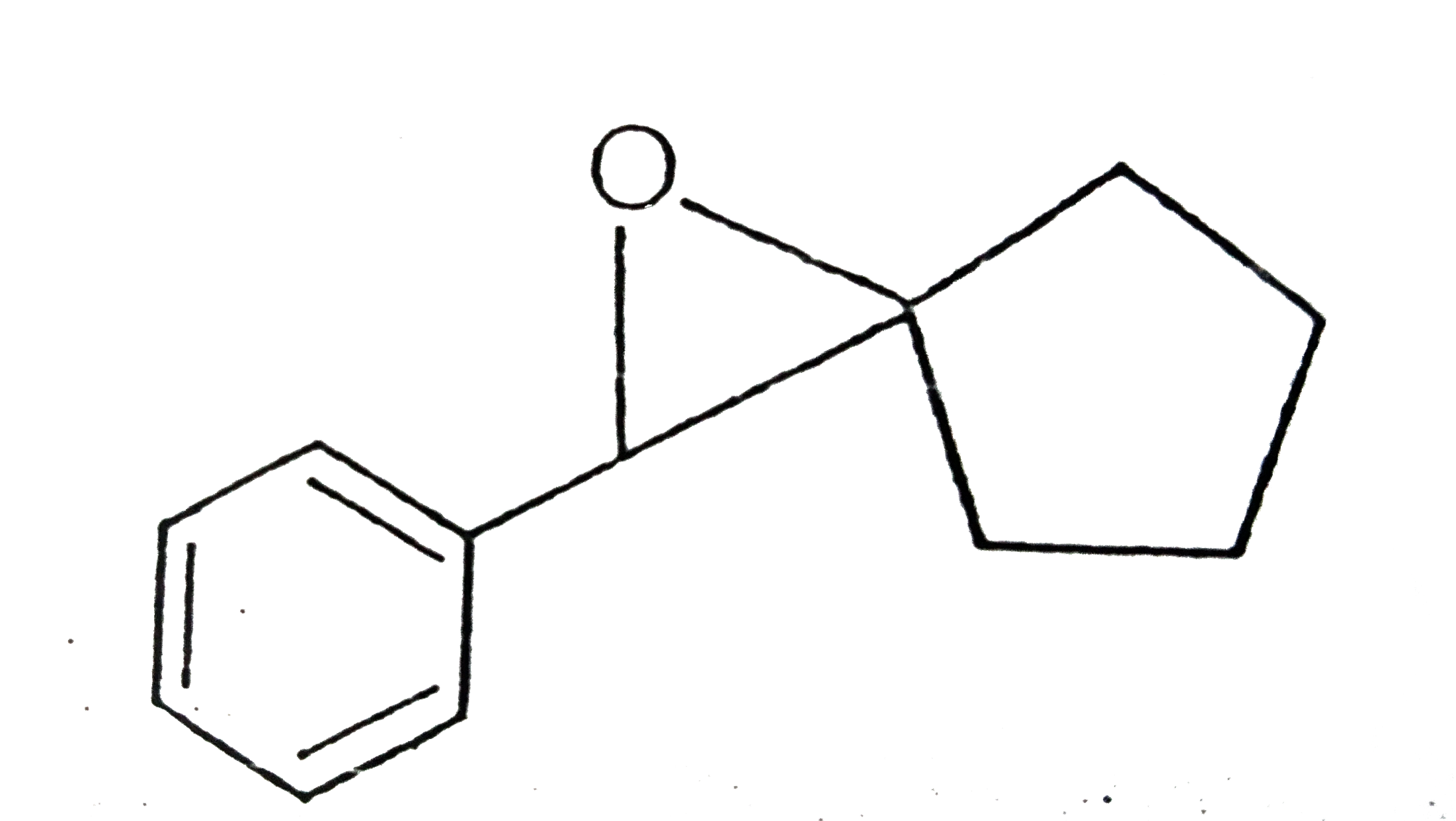How would you synthesis 4-methoxyphenol form bromobenzene in NOT more than five step ? State clearly the reagents used in each step and show the structure of intermediate compounds in your synthetic scheme.
The correct Answer is:Reagents are (1) NaOH/high temperature and pressure (2) Me2SO4 (3) conc. H2SO4 (4) Fusion with NaOH (5) H3O+
Step by step video & image solution for How would you synthesis 4-methoxyphenol form bromobenzene in NOT more than five step ? State clearly the reagents used in each step and show the structure of intermediate compounds in your synthetic scheme. by Chemistry experts to help you in doubts & scoring excellent marks in Class 12 exams.
Updated on:21/07/2023Topper's Solved these Questions
- AROMATIC COMPOUNDSBOOK - RESONANCE ENGLISHCHAPTER - AROMATIC COMPOUNDSEXERCISE - Part - II JEE MAIN
20 Videos
- AROMATIC COMPOUNDSBOOK - RESONANCE ENGLISHCHAPTER - AROMATIC COMPOUNDSEXERCISE - JEE MAIN (Online Problem)
15 Videos
- AROMATIC COMPOUNDSBOOK - RESONANCE ENGLISHCHAPTER - AROMATIC COMPOUNDSEXERCISE - Part - IV Comprehension
13 Videos
- ALKYL HALIDE, ALCOHOL, PHENOL, ETHERBOOK - RESONANCE ENGLISHCHAPTER - ALKYL HALIDE, ALCOHOL, PHENOL, ETHEREXERCISE - ORGANIC CHEMISTRY(Alkyl Halide, Alcohol,Phenol,Ether)
56 Videos
- BASIC CONCEPTSBOOK - RESONANCE ENGLISHCHAPTER - BASIC CONCEPTSEXERCISE - ORGANIC CHEMISTRY(BASIC CONCEPTS)
27 Videos
Similar Questions
Conversion of Bromobenzene to p-methoxyphenol (in not more than five steps)
View SolutionHow would you carry out the following conversion efficiently using NOT more than four steps? Give the appropriate reagent(s) and reaction condition(s) empolyed in each step.

View SolutionHow will you bring about the following conversions in not more than two steps?
Bromobenzene to 1-phenylethanol
View SolutionHow will you bring about the following conversions in not more than two steps?
Bromobenzene to 1-phenylethanol
View SolutionHow will you bring about the following conversions in not more than two steps?
Bromobenzene to 1-phenylethanol
View Solutionshow by chemical equactions only how would you prepare the following from the indicated starting materials. Specify the reagents in each step of synthesis of:
i. Chloroform from carbon disulphide.
ii. Hexachlorothane (C2Cl6) from calcium carbide.
View SolutionShow how you would synthesize the following compound from any starting materials containing no more than six carbon atoms.

View SolutionHow would you accont for the following?
Lanthanoids form primarily + 3 ions, while the actinoids usually have higher oxidation states in their compounds, + 4 or even +6 being typical.
View SolutionHow would you account for the following?
(i)The atomic radii of the metals of the third (5d) series of transition elements are virtually the same as those of the corresponding members of the second (4d) series.
(ii)The E∘ value for the Mn3+/Mn2+ couple is much more positive than that for Cr3+/Cr2+ couple or Fe3+/Fe2+ couple.
(iii)The highest oxidation state of a metal is exhibited in its oxide or fluoride.
View SolutionThe reaction 2AX(g)+2B2(g)→A2(g)+2B2X(g) has been studied kinetically and on the baiss of the rate law following mechanism has been proposed.
I. 2AX⇔A2X2 (fast and reverse)
II. A2X2+B2→A2X+B2X
III. A2X+B2→A2+B2X
where all the reaction intermediates are gases under ordinary condition.
form the above mechanism in which the steps (elementary) differ conisderably in their rates, the rate law is derived uisng the principle that the slowest step is the rate-determining step (RDS) and the rate of any step varies as the Product of the molar concentrations of each reacting speacting species raised to the power equal to their respective stoichiometric coefficients (law of mass action). If a reacting species is solid or pure liquid, its active mass, i.e., molar concentration is taken to be unity, the standard state. In qrder to find out the final rate law of the reaction, the concentration of any intermediate appearing in the rate law of the RDS is substituted in terms of the concentration of the reactant(s) by means of the law of mass action applied on equilibrium step.
How many times the rate of formation of A2 will increase if concentrations of AX is doubled and that of B2 is increased theee fold?
View Solution
